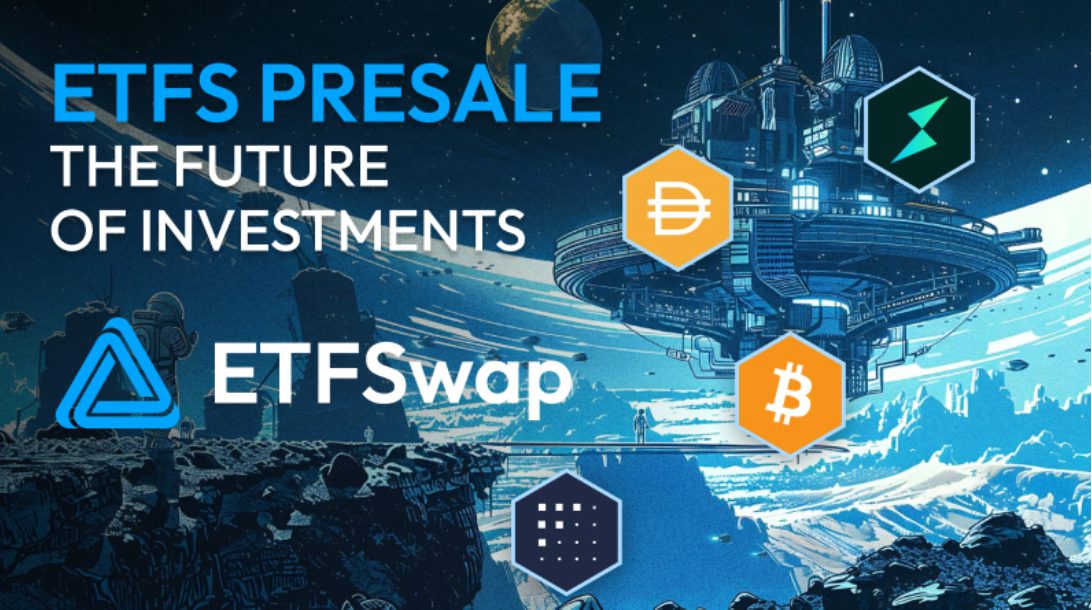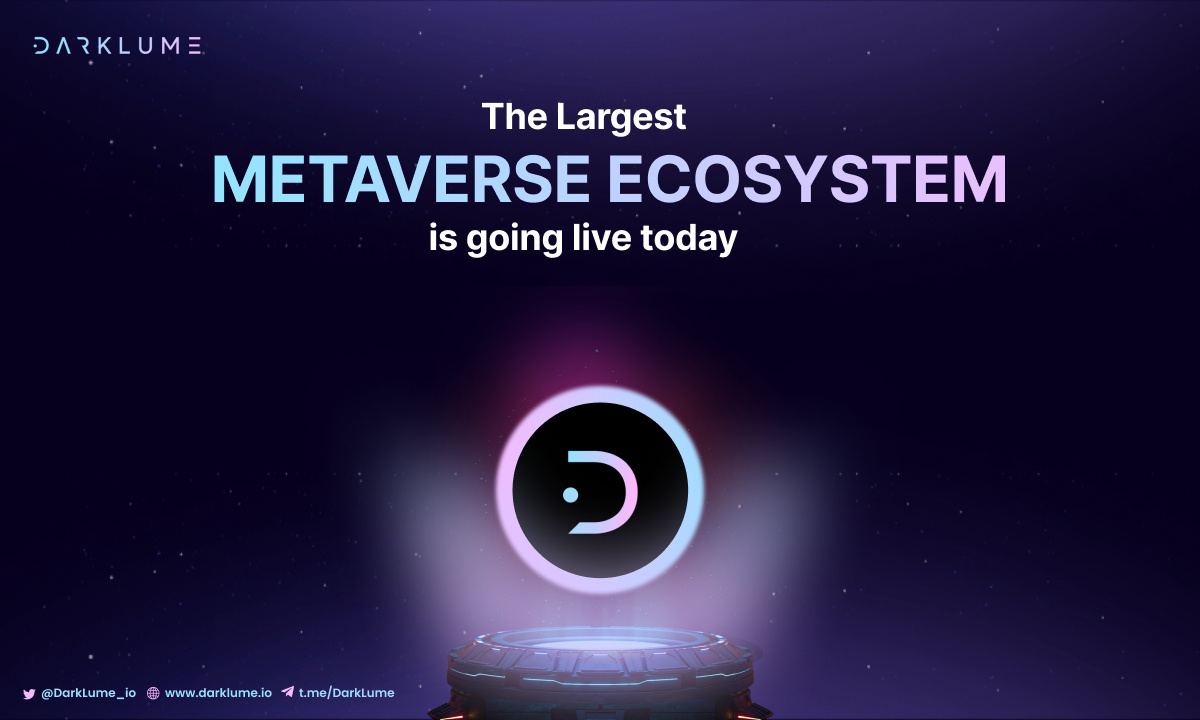Will Layer 2 Shibarium Overcome Difficulties To Create New Breakthrough For Shiba Inu?
In a culmination of prolonged anticipation within the crypto community, Shiba Inu unveiled the Shibarium mainnet on August 16, marking a significant advancement in the realm of cryptocurrency. However, the launch has not been without its challenges, as both the price of Shiba Inu and its associated tokens have experienced a sharp decline since the mainnet’s initiation.
Concurrently, speculations about potential technical glitches on the Shibarium network have been circulating, adding an air of uncertainty to the project’s debut. Let’s find out in detail what is happening with Coincu.
Shibarium’s launch background
Shibarium’s primary objective is to establish a seamless connection with the Ethereum Layer 1 blockchain, delivering enhanced scalability and cost-efficiency for transactions.
Within its ecosystem, the project will harness the utility of BONE, TREAT, SHIB, and LEASH tokens, laying the groundwork for blockchain-based applications with a particular emphasis on metaverse and gaming ventures. This strategic move aligns with the projected surge in the non-fungible token (NFT) sector over the forthcoming years.
Before the official unveiling, Shiba Inu touted Shibarium’s thorough testing phase, which spanned several months, which involved the active participation of millions of users and the creation of an impressive 21 million wallets.
At its core, Shibarium stands as an Ethereum Layer 2 expansion solution, introducing a novel consensus mechanism known as Proof of Participation (PoP). This mechanism strategically selects validators based on their holdings of the relevant cryptocurrency, effectively sidestepping the resource-intensive nature of traditional proof-of-work systems.
A notable highlight is the introduction of the governance token, BONE, which will be allocated to Layer 2 validators. To secure a position as a validator within the Shibarium network, users are required to lock in a minimum of 10,000 BONE tokens.
In a forward-thinking gesture, Shiba Inu has reserved a substantial portion of 21 million BONE tokens to incentivize verifiers and delegators in the Shibarium ecosystem. This reserve will also play a role in covering authorized Gas fees, streamlining the user experience.
Leading up to the grand Shibarium mainnet launch, Shiba Inu’s lead developer, operating under the pseudonym Shytoshi Kusama, shared exciting insights into the project’s prospects. Via a post on X, Kusama showcased a screenshot spotlighting various companies actively building on the Shibarium platform.
Challenges when there is a stagnation incident
In a recent update from the Shibariumscan.io block explorer, the Shibarium network has successfully reactivated its operations and resumed block generation. This development comes after a temporary pause in operations was initiated to ensure fund security in light of unexpectedly high traffic following the mainnet launch.
The network’s lead developer, Shytoshi Kusama, confirmed that the elevated blockchain traffic presented certain challenges, prompting the activation of a fail-safe mode. However, Kusama reassured the community that fund security remained intact throughout this period.
He further emphasized the smooth functioning of both the bridge and the chain, expressing confidence in Shibarium’s swift and efficient restart.
Addressing the recent events, Kaal Dhairya, a developer associated with the Shiba Inu project, detailed plans to scale up operations to accommodate the surge in traffic on Shibarium.
In a blog post dated August 18, Dhairya outlined the team’s commitment to providing consistent updates on the network’s status. Shibarium, a fork of Polygon, aims to optimize its infrastructure to better handle substantial loads.
While the community, known as the ShibArmy, has displayed optimism and support for the network’s efforts to manage the transaction pause, there have been instances of apprehension over the spread of fear, uncertainty, and doubt (FUD) surrounding the project. Some community members have raised concerns that such negative sentiment might adversely affect the project’s progress.
To bolster confidence and ensure the network’s stability upon its restart, the Shiba Inu project has taken a proactive step by securing insurance coverage worth $2 million. This measure is intended to address potential challenges in retrieving funds as the Shibarium network resumes its operations.
Potential for the future
As excitement around the NFT sector continues to surge, Shibarium is making its mark in these domains, offering a unique value proposition that extends beyond its origins.
Amidst its potential as a financial asset, Shibarium has found its niche in the metaverse and gaming realms. The network’s positioning aligns with the growing anticipation surrounding the NFT sector, hinting at a synergy that could reshape the way digital assets are experienced and traded.
Yet, Shibarium’s significance goes further. It is positioning itself as an accessible settlement option for DeFi applications, providing a cost-effective and efficient channel for transactions within the decentralized finance landscape.
Looking ahead, the network has ambitious plans for a “DoggyDAO,” an innovative decentralized autonomous organization governed by token holders. The primary aim of this DAO is to fund projects developed within the Shibarium ecosystem, fostering an environment of community-driven innovation.
What sets Shibarium apart is its intricate infrastructure, built upon a proof-of-stake (PoS) blockchain model that relies on a symbiotic relationship between validators and delegators. Validators undertake the essential tasks of maintaining nodes, processing transactions, and forging new blocks.
This intricate choreography ensures the seamless operation and paramount security of the ecosystem. Meanwhile, delegators play a supporting role by staking tokens to back validators, in turn receiving rewards in the form of a governance token known as BONE. Notably, the total supply of BONE is capped at 250 million tokens.
Shibarium’s debut marks a pivotal expansion within the Shiba Inu universe, positioning itself as a vital scaling solution. The network’s introduction promises to expedite token transactions while mitigating the associated “gas” expenses that users typically encounter, thereby enhancing the user experience.
In a strategic maneuver, the Shibarium network integrates an innovative mechanism to “burn” Shiba Inu coins. This calculated approach results in a reduction of the token supply, ultimately leading to an increase in the value of the remaining coins. This deliberate move to manage the token supply reflects Shibarium’s commitment to optimizing its ecosystem’s dynamics.
Conclusion
Shibarium’s primary net launch is more than simply an expansion of the Shiba Inu ecosystem; it signifies a paradigm leap. Although technical issues are still a problem at the moment, if they can be improved in the future, there is a good chance that we will see a new journey for Shiba Inu.
Although initial responses to the Shibarium launch have been varied, the long-term ramifications for Shiba Inu must be considered. Shibarium continues to be one of the most eagerly anticipated assets in the Shiba Inu ecosystem. Its effective installation and operation might open the door for further “real” network investment.
DISCLAIMER: The information on this website is provided as general market commentary and does not constitute investment advice. We encourage you to do your own research before investing.























